G07 Corals
Perhaps consider types of design/architectural response, focusing on the analysis of successful existing work?
Boucquey, Noëlle, Kevin St. Martin, Luke Fairbanks, Lisa M Campbell, and Sarah Wise. “Ocean Data Portals: Performing a New Infrastructure for Ocean Governance.” Environment and Planning D: Society and Space 37, no. 3 (2019): 484–503. https://doi.org/10/ggsfk9.
To consider scale and possible nonhuman participation, you can look at such examples:
Cleaning New York's filthy harbor with one billion oysters
On water in design, see this very partial note:
More specifically, on artificial reefs and similar, see:
This note is about artificial reefs and other artificial habitat-structures near, at, under water.
Includes:
- shorelines
- grey/green infrastructure
- reefs
- interspecies cultures
- large-scale events, pressures, justifications for action, feasibility of action
References
For an overview on seascapes (cf. landscapes or urban environments), see:
Pittman, Simon, ed. Seascape Ecology: Taking Landscape Ecology into the Sea. Hoboken: John Wiley & Sons, 2017.
On living shorelines (an important justification for coral reefs is that they can help to mitigate water/land interfaces):
Bilkovic, Donna Marie, ed. Living Shorelines: The Science and Management of Nature-Based Coastal Protection. Boca Raton: CRC Press, 2017.
Reguero, Borja G., Michael W. Beck, Vera N. Agostini, Philip Kramer, and Boze Hancock. ‘Coral Reefs for Coastal Protection: A New Methodological Approach and Engineering Case Study in Grenada’. Journal of Environmental Management 210 (2018): 146–61. https://doi.org/10/gc45zd.
Reguero, Borja G., Michael W. Beck, David N. Bresch, Juliano Calil, and Imen Meliane. ‘Comparing the Cost Effectiveness of Nature-Based and Coastal Adaptation: A Case Study from the Gulf Coast of the United States’. Edited by Juan A. Añel. PLOS ONE 13, no. 4 (11 April 2018): e0192132. https://doi.org/10/gdbdf4.
Scyphers, Steven B., Sean P. Powers, Kenneth L. Heck Jr, and Dorothy Byron. ‘Oyster Reefs as Natural Breakwaters Mitigate Shoreline Loss and Facilitate Fisheries’. PLOS ONE 6, no. 8 (2011): e22396. https://doi.org/10.1371/journal.pone.0022396.
On artificial marine habitats, see:
Sutton, Stephen G., and Sally L. Bushnell. ‘Socio-Economic Aspects of Artificial Reefs: Considerations for the Great Barrier Reef Marine Park’. Ocean & Coastal Management 50, no. 10 (January 2007): 829–46. https://doi.org/10/cwsnw3.
Sutton-Grier, Ariana E., Kateryna Wowk, and Holly Bamford. ‘Future of Our Coasts: The Potential for Natural and Hybrid Infrastructure to Enhance the Resilience of Our Coastal Communities, Economies and Ecosystems’. Environmental Science & Policy 51 (August 2015): 137–48. https://doi.org/10/f7h4ck.
Feary, David A., John A. Burt, and Aaron Bartholomew. ‘Artificial Marine Habitats in the Arabian Gulf: Review of Current Use, Benefits and Management Implications’. Ocean & Coastal Management 54, no. 10 (October 2011): 742–49. https://doi.org/10/dmq2zk.
Tynyakov, Jenny, Meghan Rousseau, Mori Chen, Orlando Figus, Yaniv Belhassen, and Nadav Shashar. ‘Artificial Reefs as a Means of Spreading Diving Pressure in a Coral Reef Environment’. Ocean & Coastal Management 149 (November 2017): 159–64. https://doi.org/10/gfsqmk.
Baine, Mark. ‘Artificial Reefs: A Review of Their Design, Application, Management and Performance’. Ocean & Coastal Management 44, no. 3–4 (2001): 241–59. https://doi.org/10/bkz7vs.
On the environmental history of the reefs (including the Great Barrier Reef), see:
Daley, Ben. The Great Barrier Reef: An Environmental History. London: Routledge, 2014.
Bowen, James, ed. The Coral Reef Era: From Discovery to Decline ; a History of Scientific Investigation from 1600 to the Anthropocene Epoch. Cham: Springer, 2015.
Bowen, James, and Margarita Bowen. The Great Barrier Reef: History, Science, Heritage. Cambridge: Cambridge University Press, 2002.
These are rather basic clay-printed structures:
Berman, Ofer, Michael Weizman, Asa Oren, Reem Neri, Haim Parnas, Nadav Shashar, and Ezri Tarazi. ‘Design and Application of a Novel 3D Printing Method for Bio-Inspired Artificial Reefs’. Ecological Engineering 188 (2023): 106892. https://doi.org/10/grnsfh.
For some examples of water edges (some are more relevant to you than others), see:
Examples of Water Use in Design and Architecture
This includes landscape architecture, flooding, wetlands, wetland parks and some landscape architecture detailing. Also some examples of landscape architecture drawings, project descriptions and competition-winning entries.
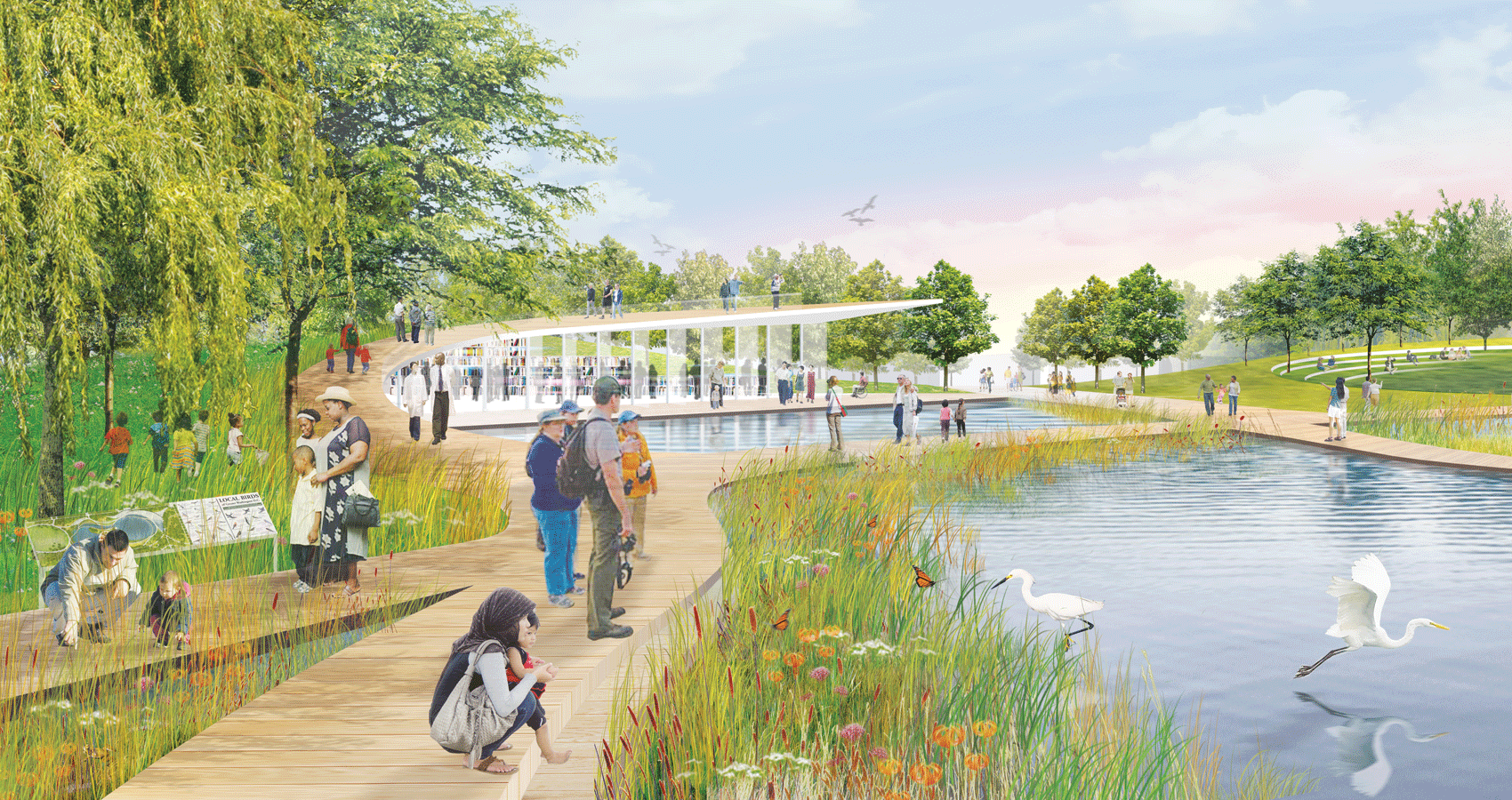
Weiss/Manfredi: Constitution Gardens: Living Waters, A Museum Without Walls

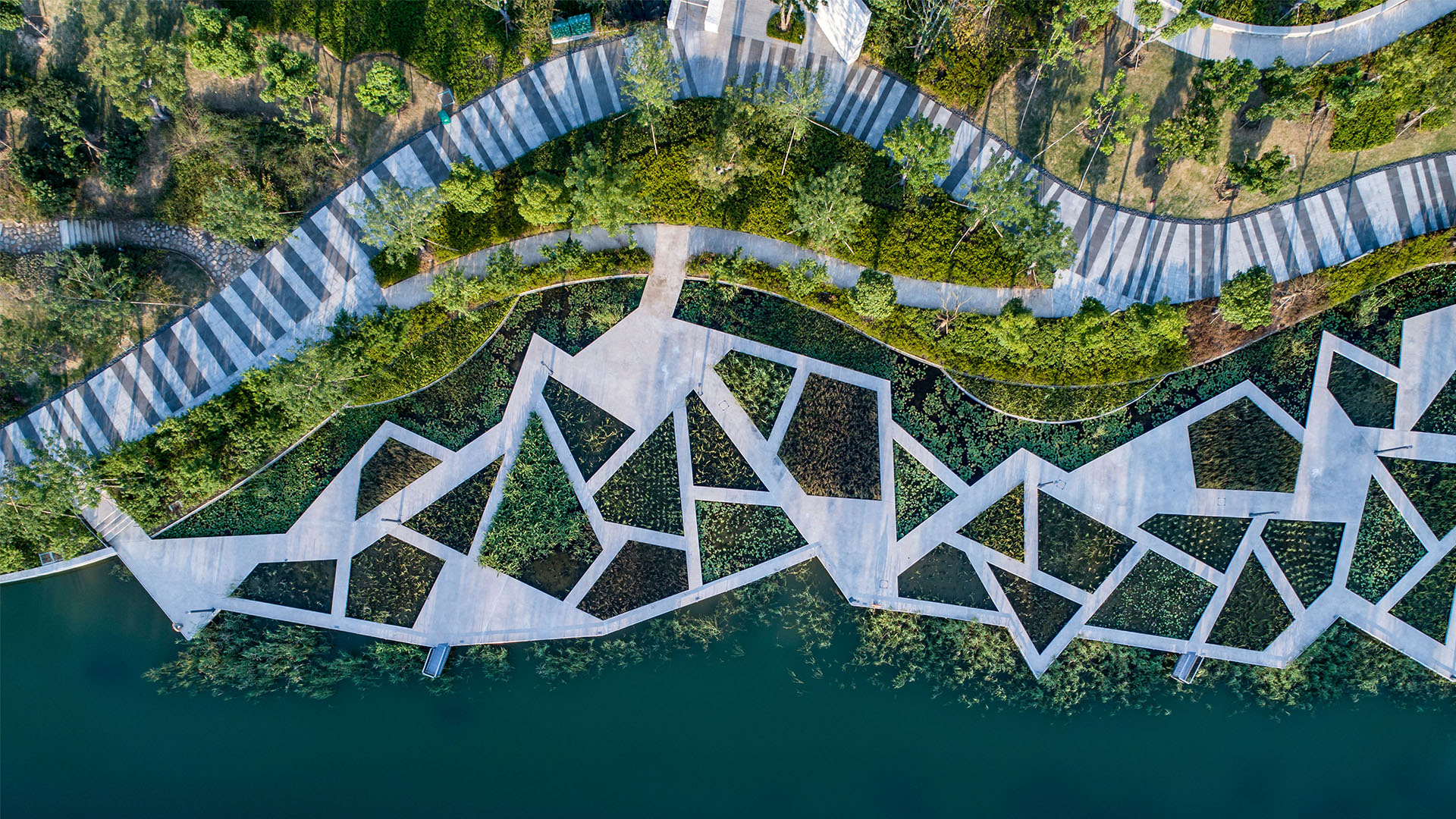
Swan Lake Park wins National Landscape Architecture Award » JPW
System-based approach to detailing
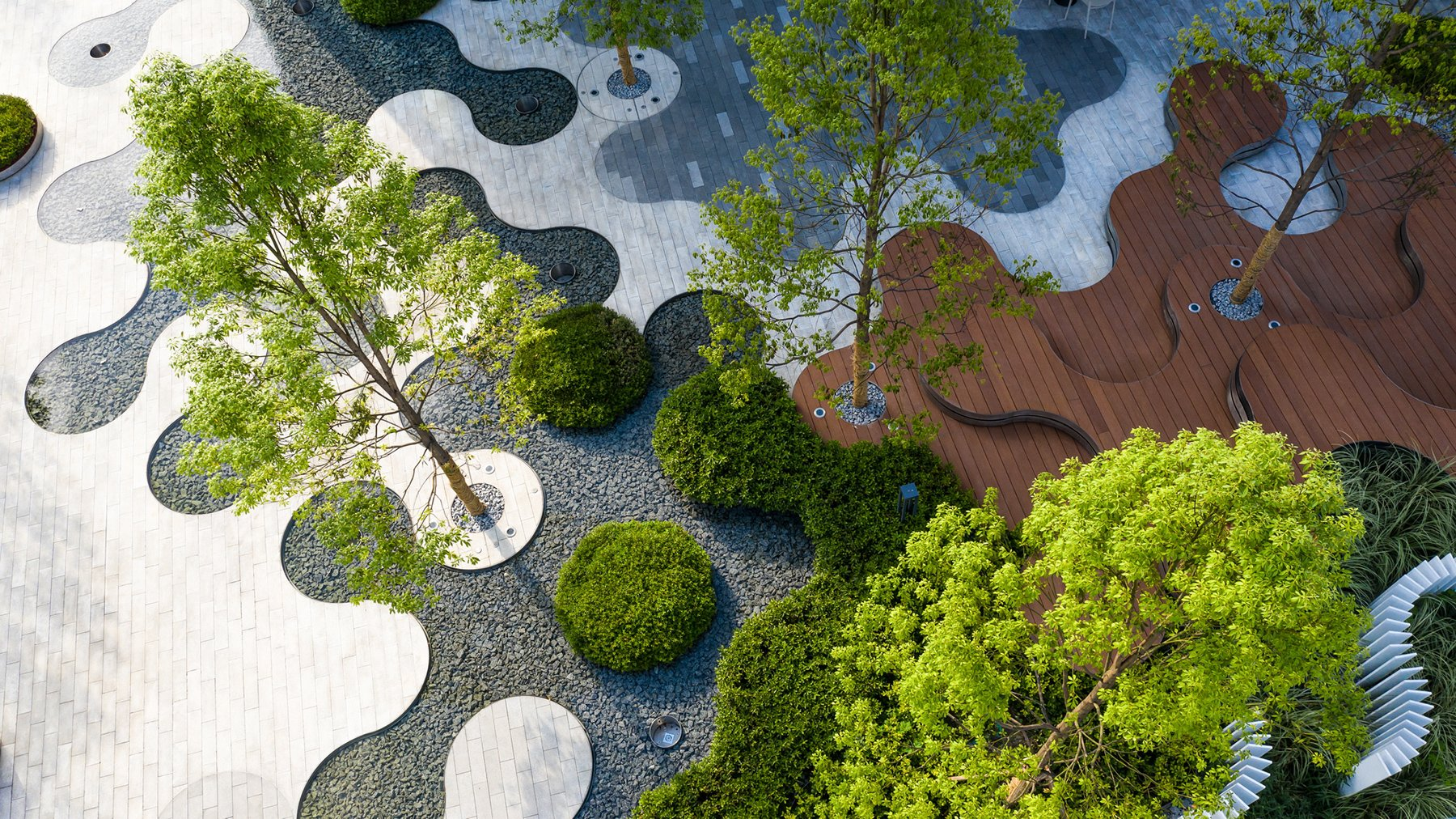
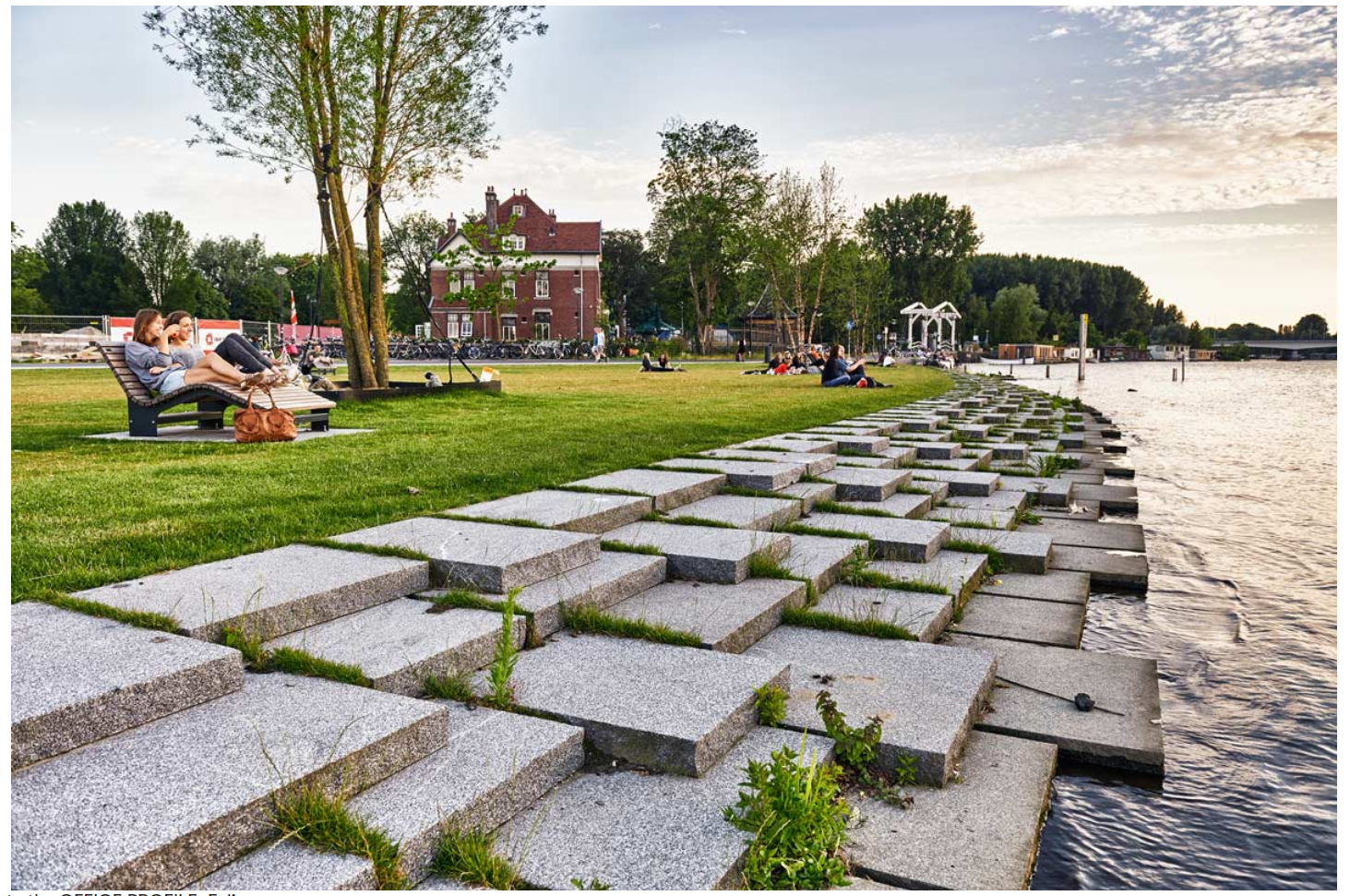
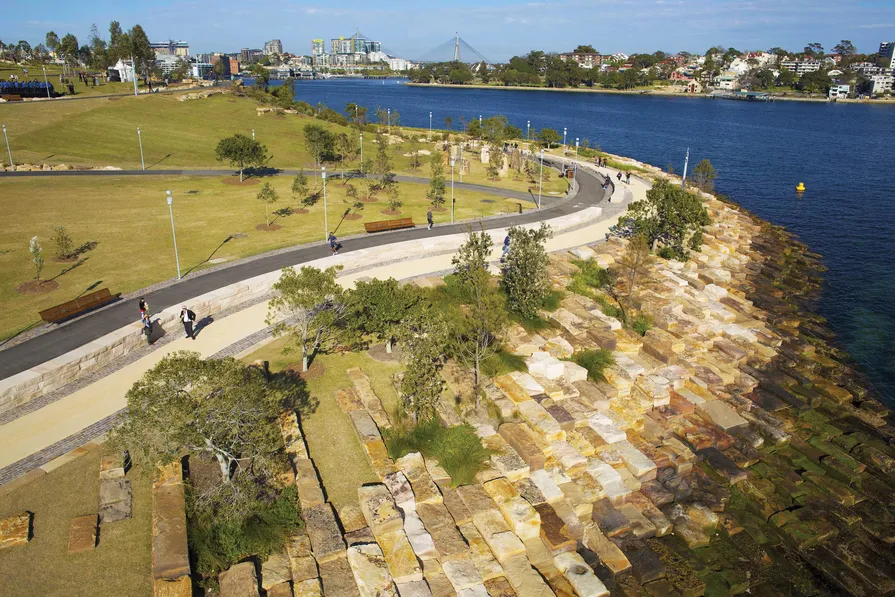
A naturalized landscape: Barangaroo Reserve
For an example of a good student project, see:
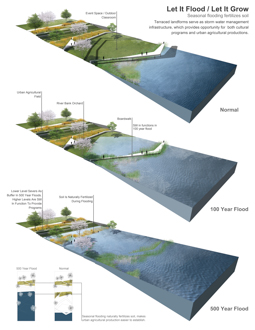
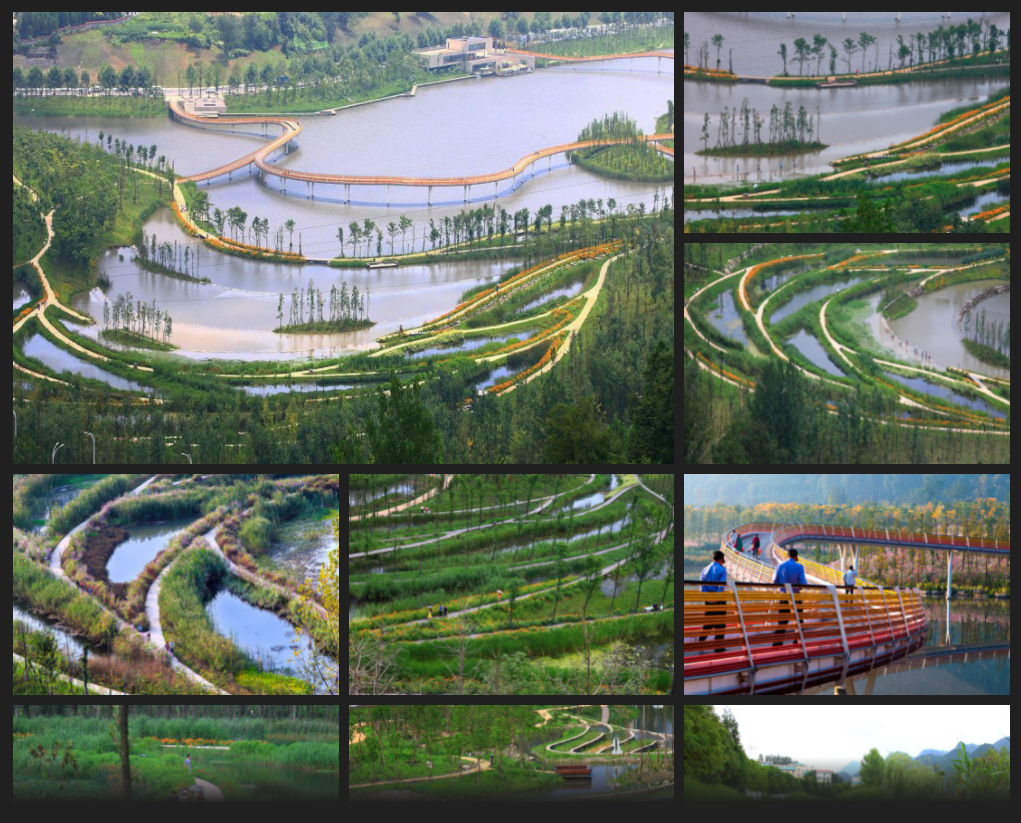
Liupanshui Minghu Wetland Park by Turenscape | The Strength of Architecture | From 1998
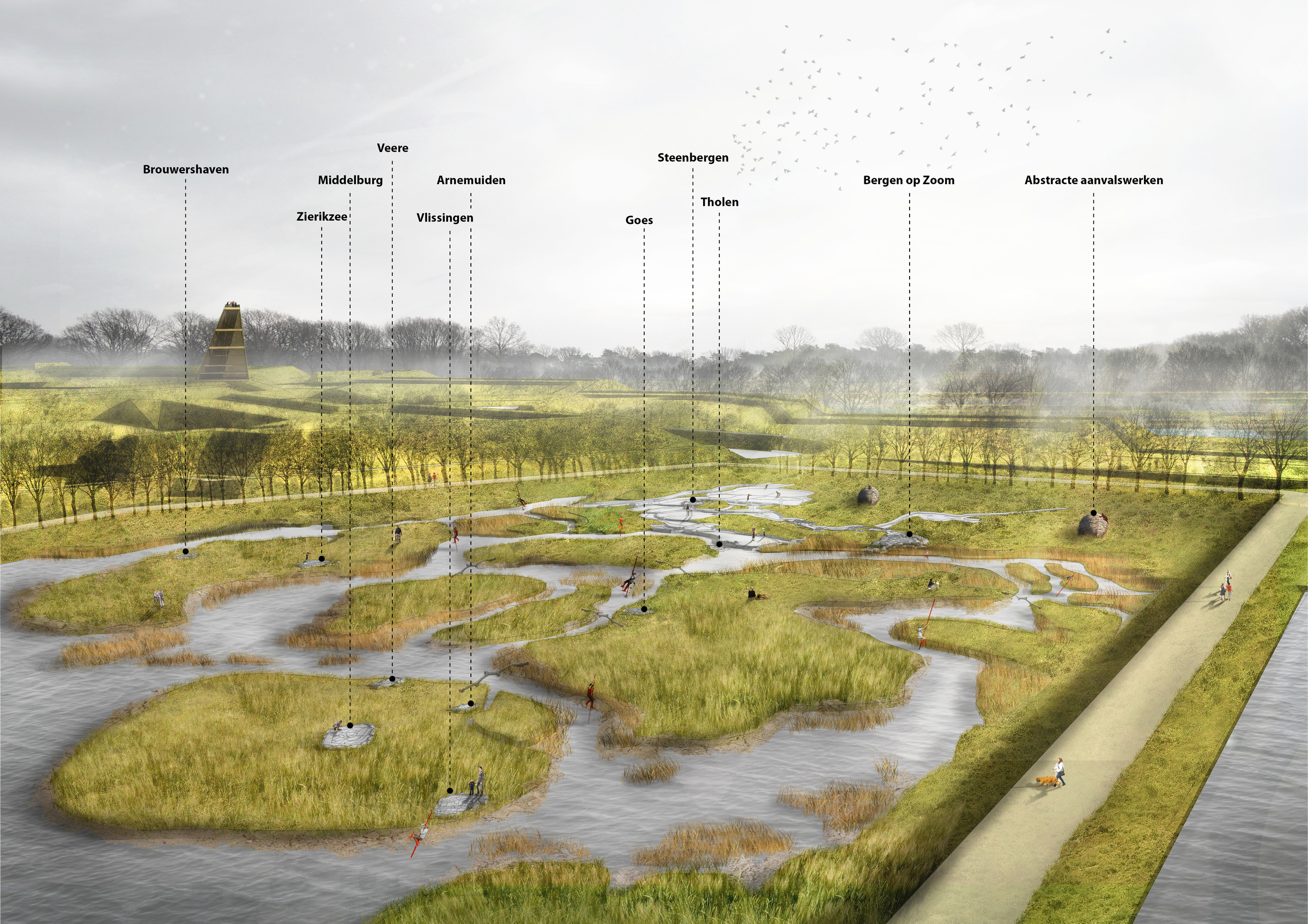
Inundatiepark West-Brabantse Waterlinie
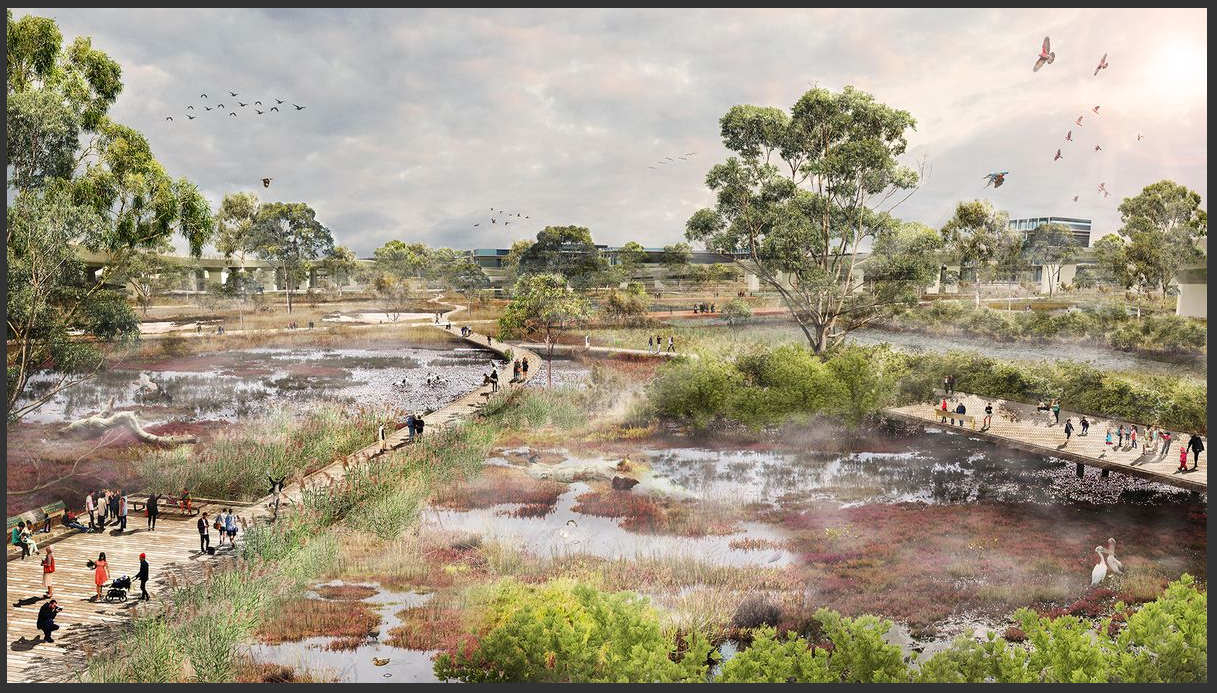
| not flooded | flooded |
|---|---|
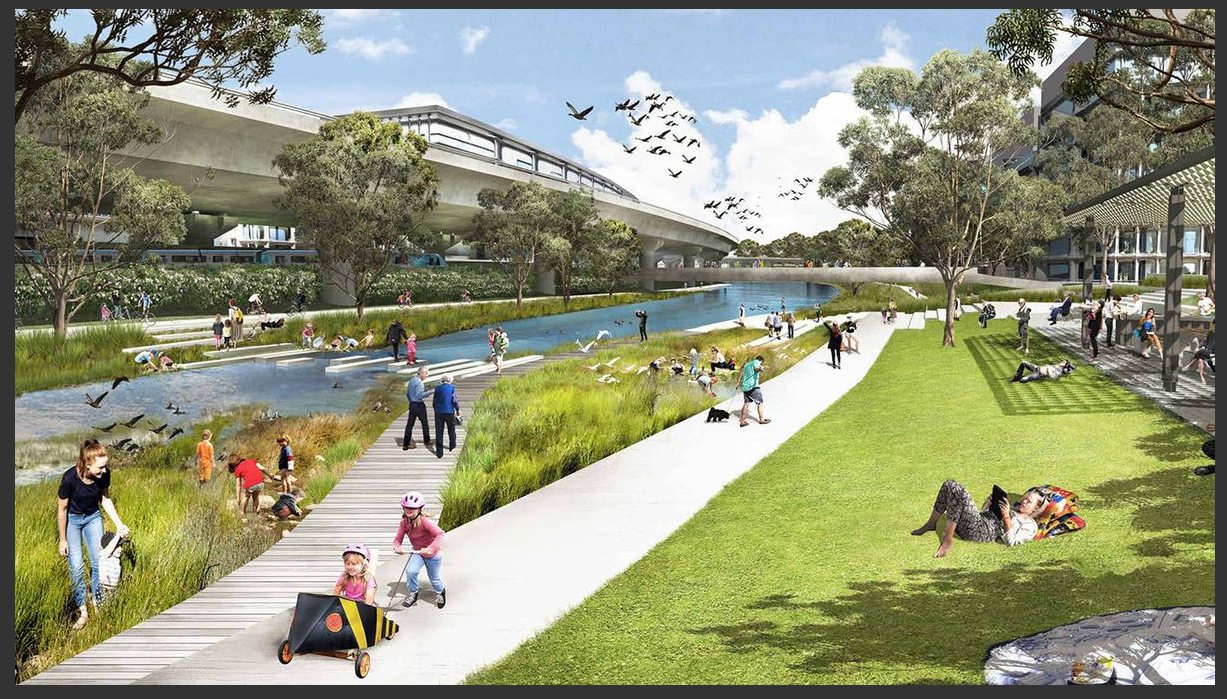 | 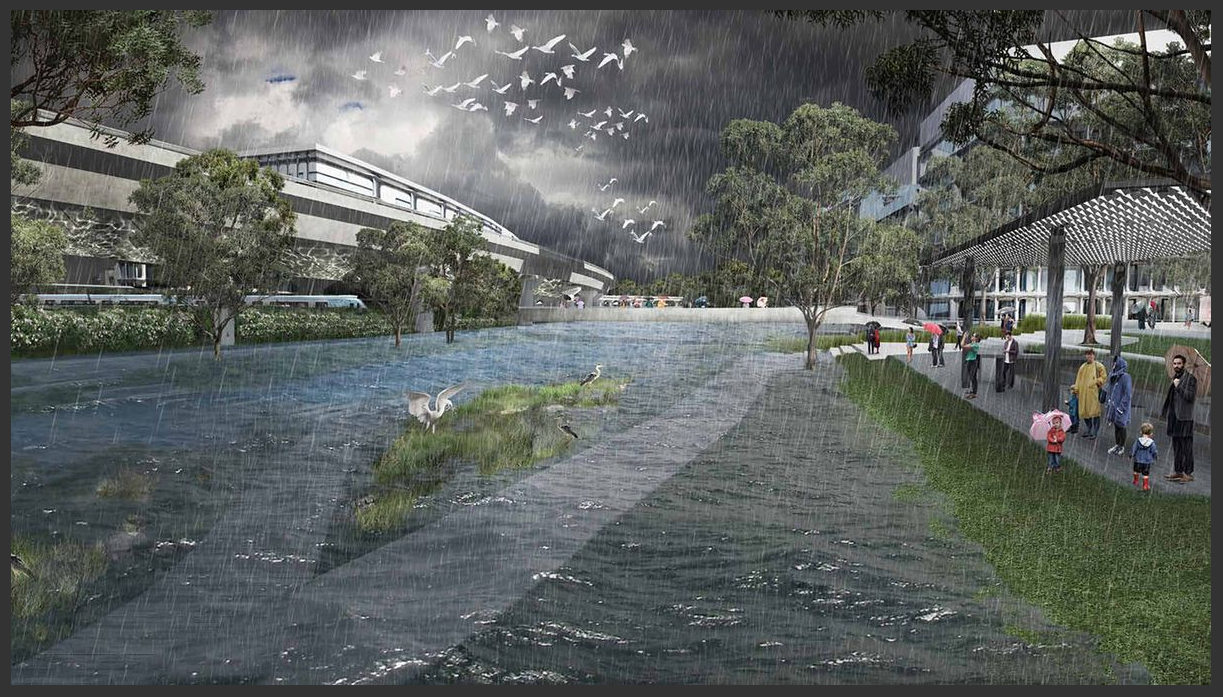 |
City of Melbourne considers chain of new parks and wetlands in draft plan for Moonee Ponds Creek
Larger-Scale Projects
City/Water: Example Projects
Oyster-tecture - SCAPE (scapestudio.com)


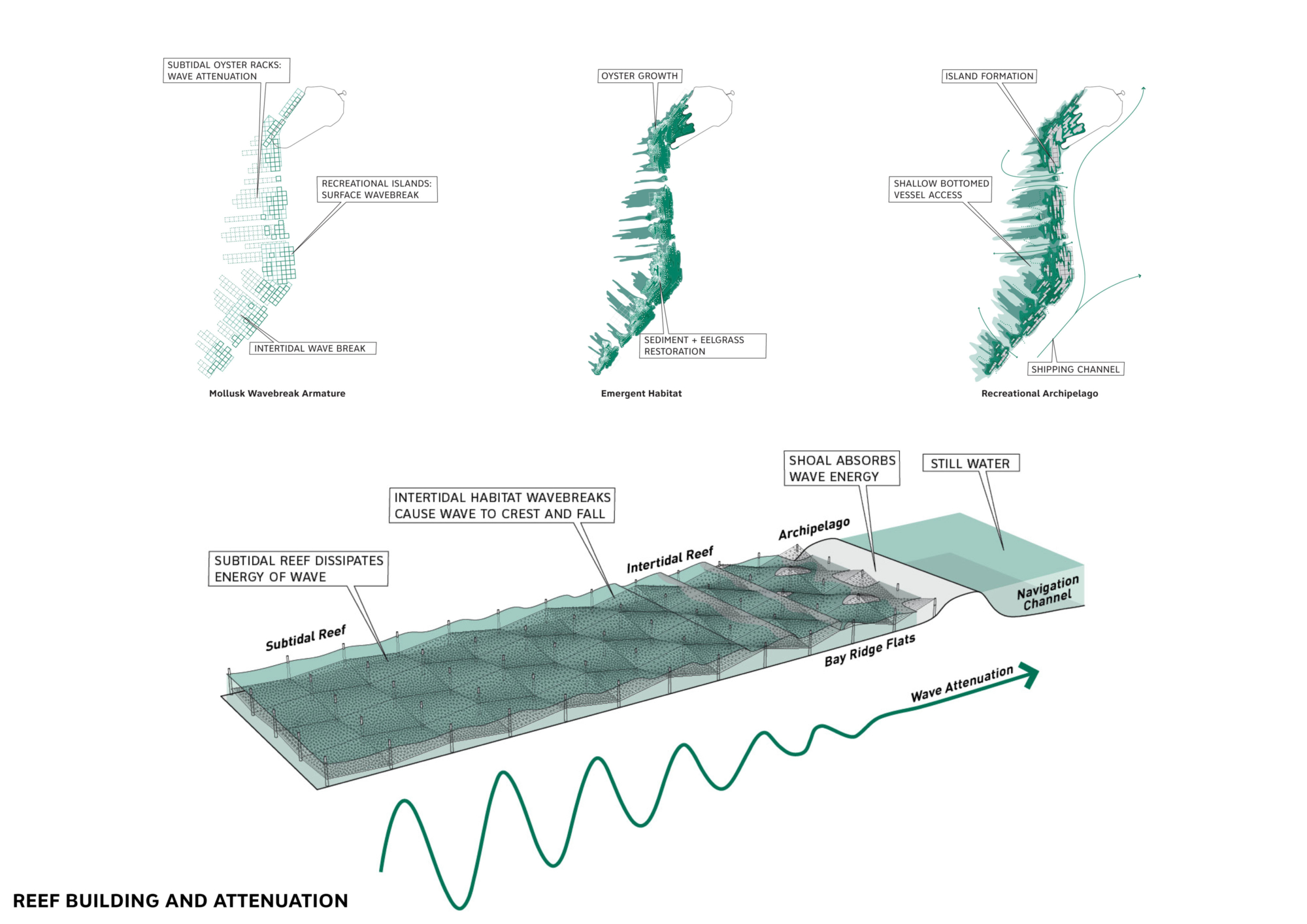
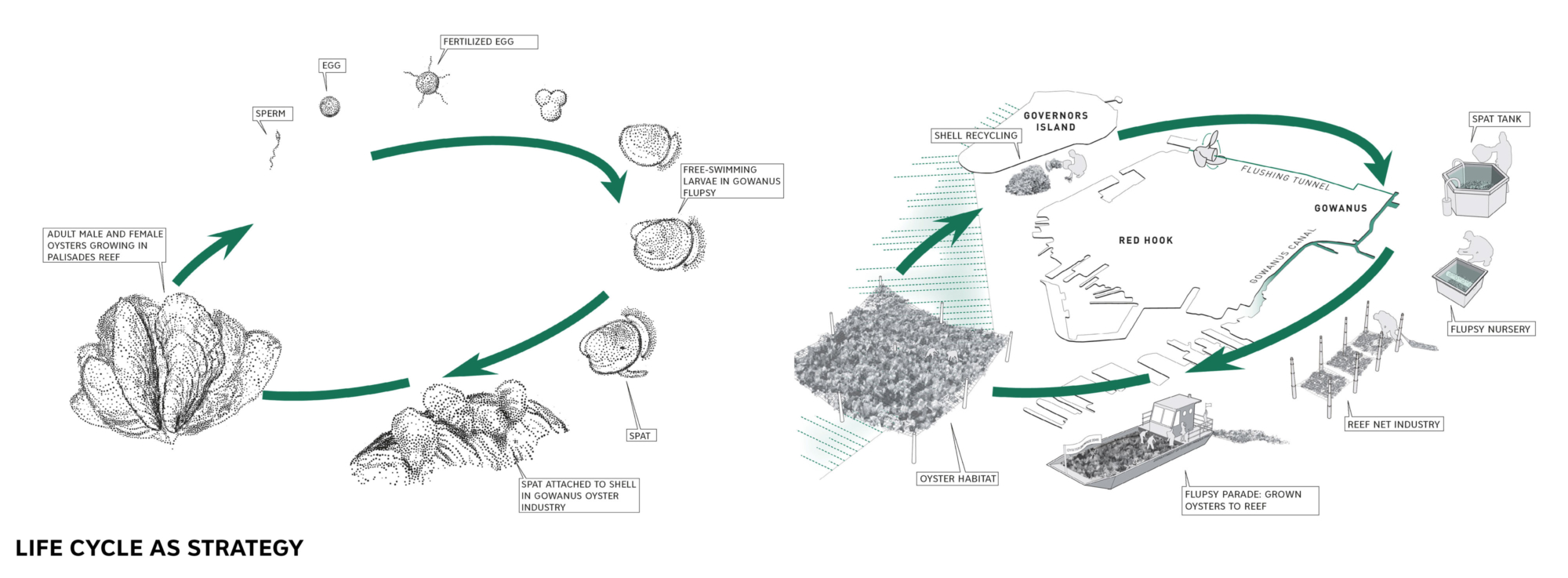 Consider the integration of nonhuman life, however, primary for human service and in instrumental fashion
Consider the integration of nonhuman life, however, primary for human service and in instrumental fashion
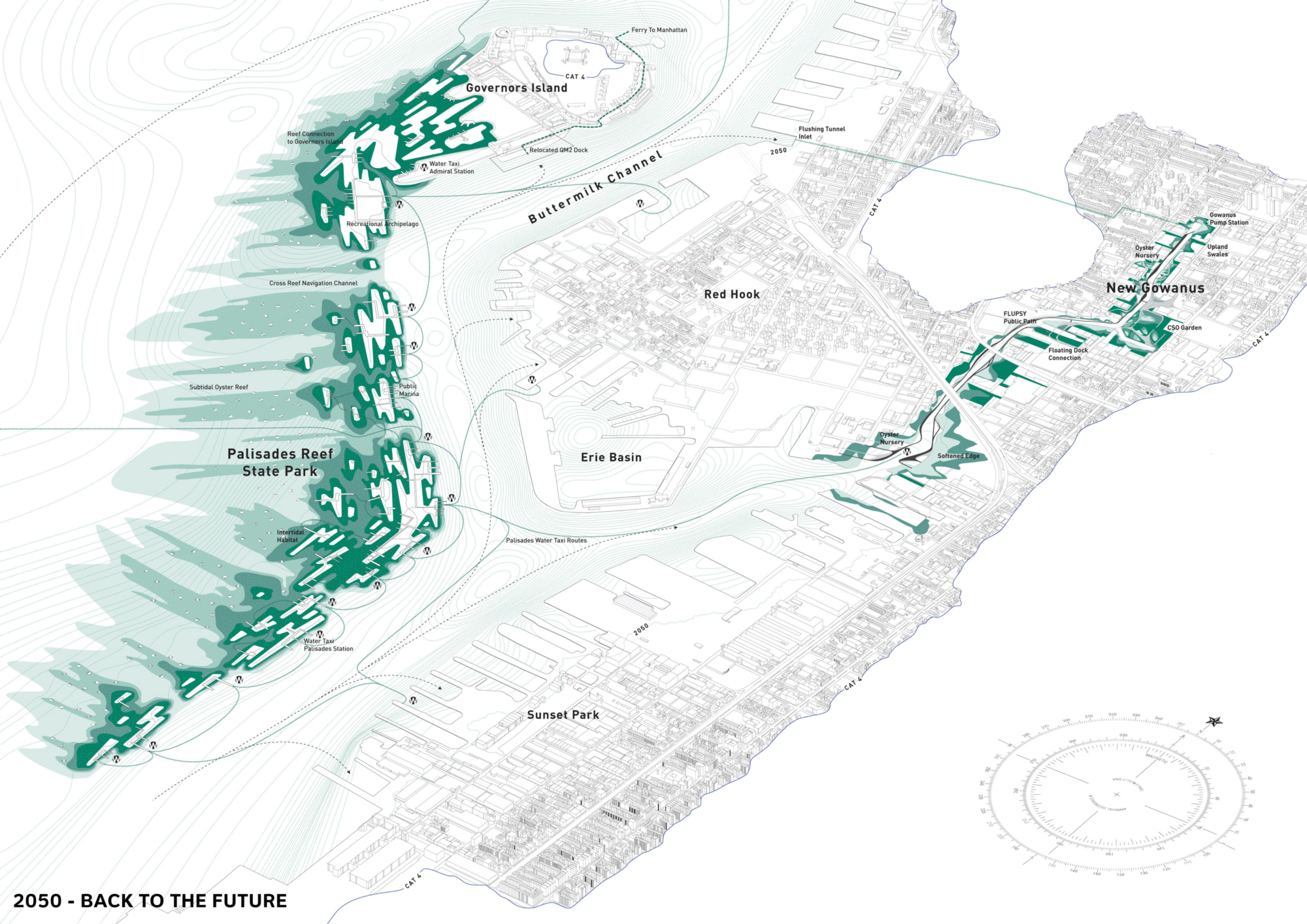 Consider the geometry of the intervention
Consider the geometry of the intervention
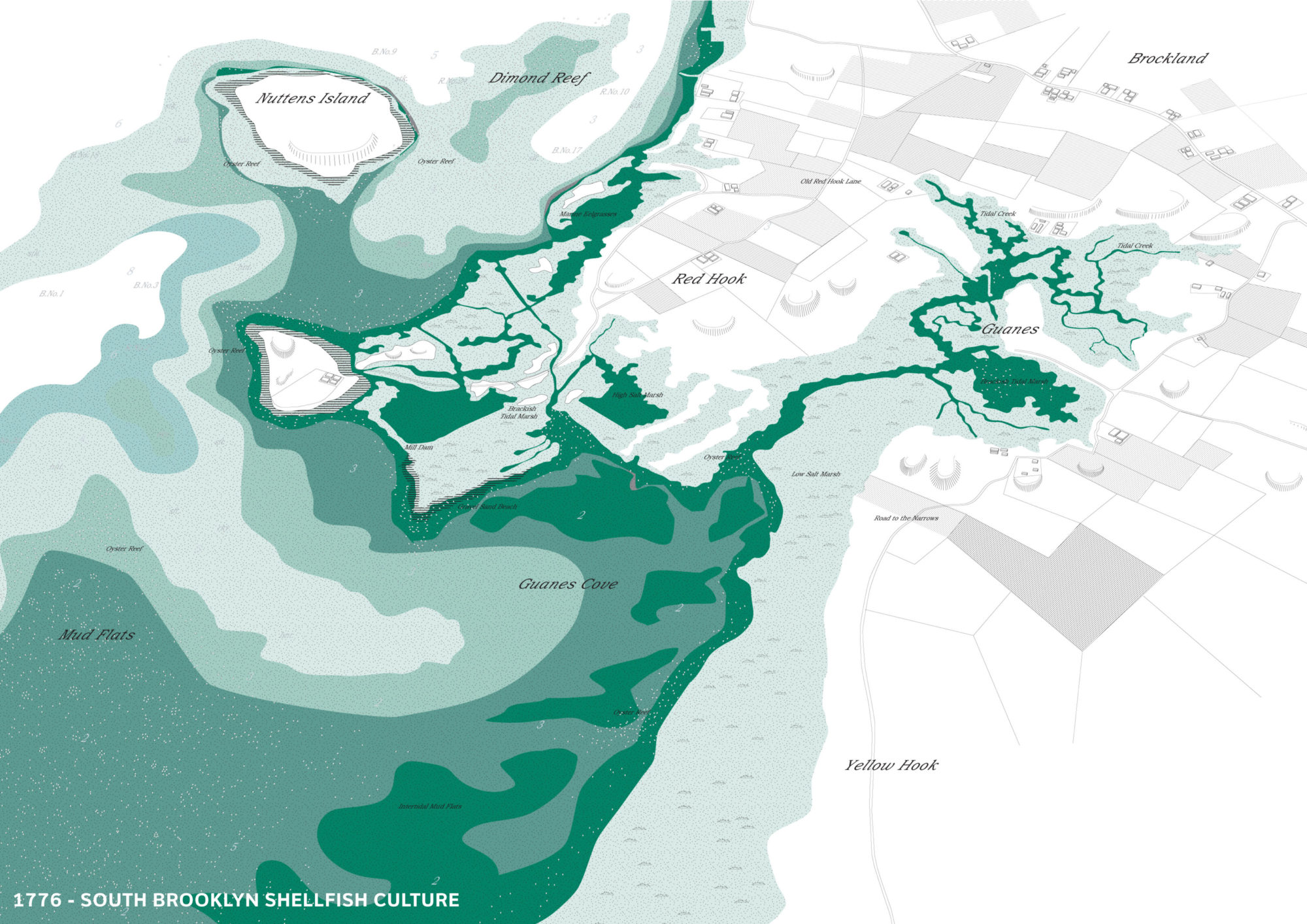 Consider the scale of the intervention
Consider the scale of the intervention
Living Breakwaters Rebuild By Design Competition - SCAPE (scapestudio.com)
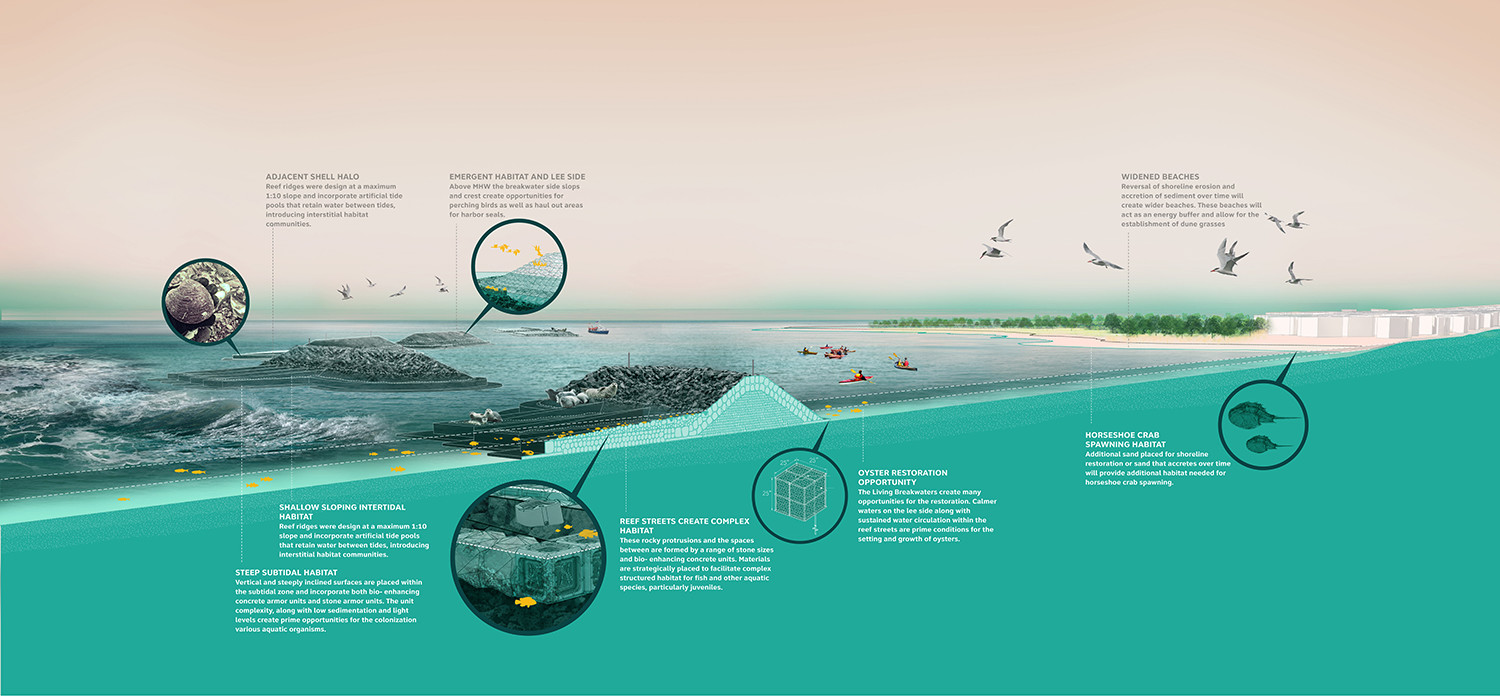
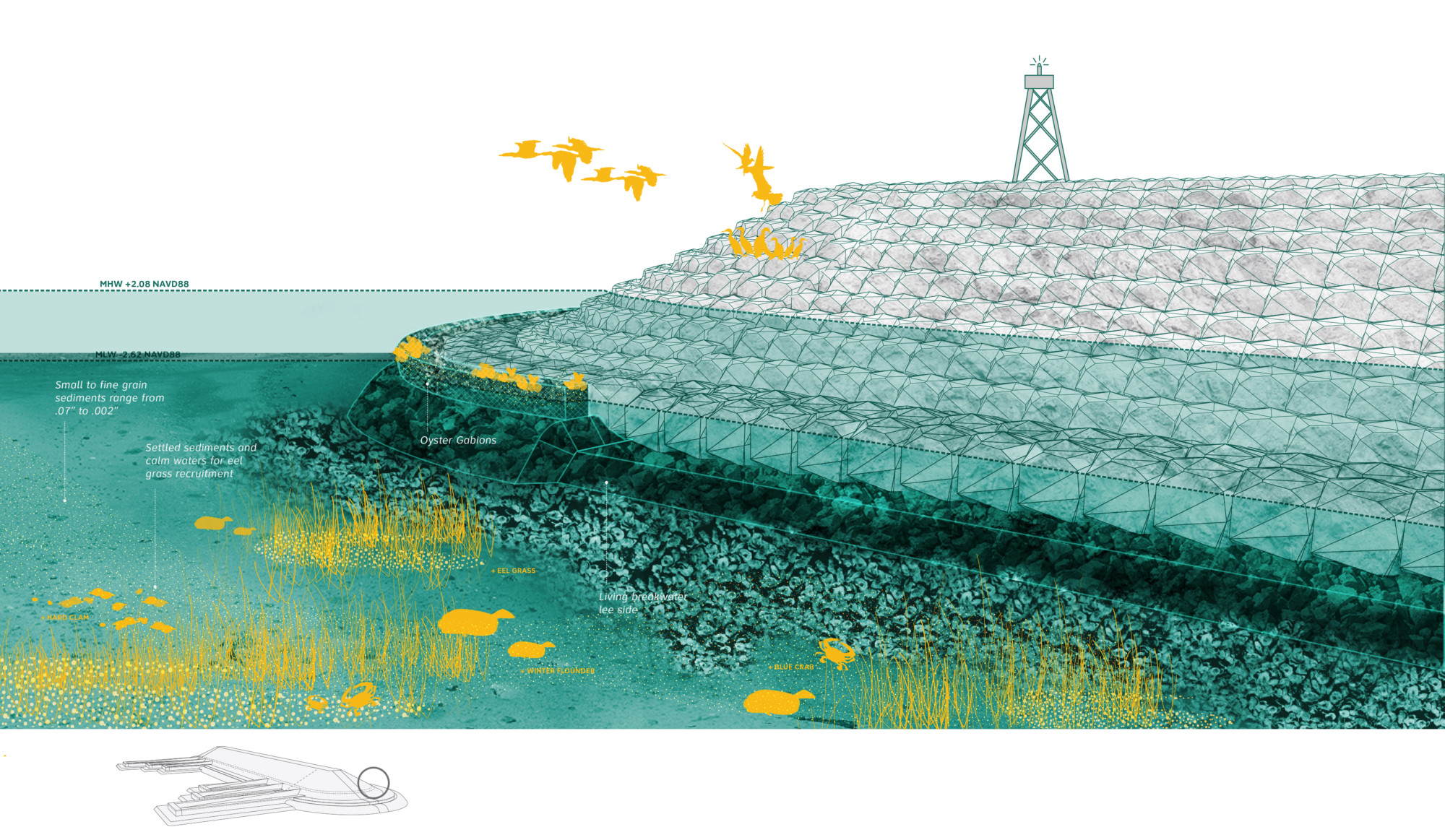

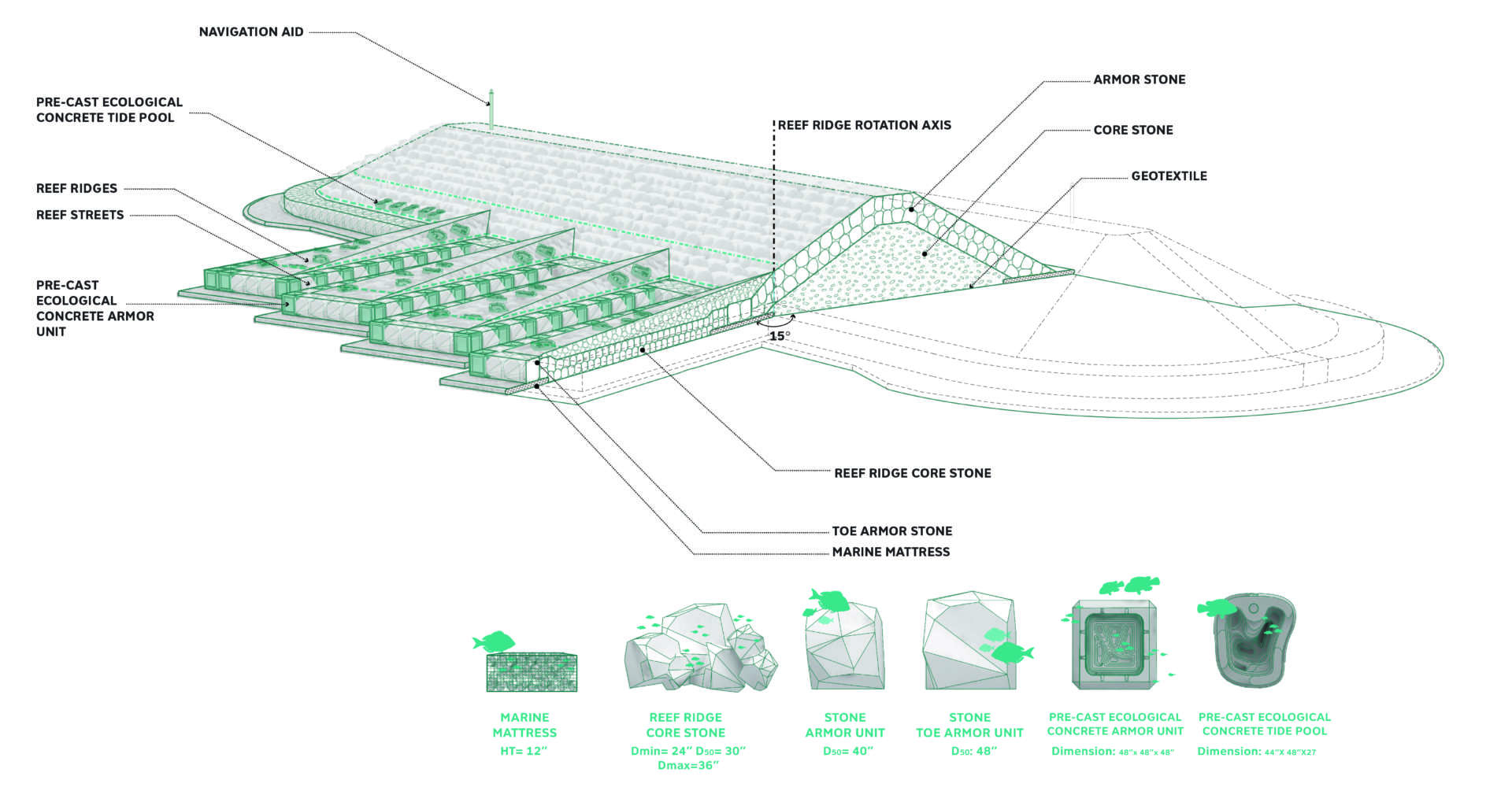
Elliott Bay Seawall | Mortenson
To save these seahorses, we built them 5-star underwater hotels - The University of Sydney
Toft, Jason D., Andrea S. Ogston, Sarah M. Heerhartz, Jeffery R. Cordell, and Emilie E. Flemer. “Ecological Response and Physical Stability of Habitat Enhancements Along an Urban Armored Shoreline.” Ecological Engineering 57 (August 2013): 97–108. https://doi.org/10/f47x53.
Wakefield, Stephanie. “Making Nature into Infrastructure: The Construction of Oysters as a Risk Management Solution in New York City.” Environment and Planning E: Nature and Space, 2019, 251484861988746. https://doi.org/10/ggc8ds.
Moosavi, Sareh. “Ecological Coastal Protection: Pathways to Living Shorelines.” Procedia Engineering 196 (2017): 930–38. https://doi.org/10/gfsqmp.